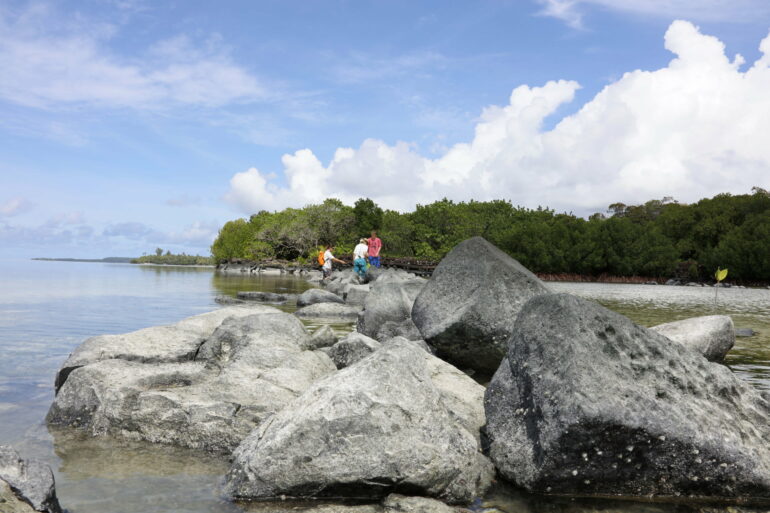A study reveals that new dates for an ancient site in the Pacific correlate with sea level rise and El Niño-Southern Oscillation (ENSO) variability.
Nan Madol is a monumental complex, built from stone and coral rubble on the Pacific Island of Pohnpei. Nan Madol was the administrative and cultural center of the Saudeleur Dynasty.
The exact dates of construction had been unclear, obscuring possible links between the history of the site and climactic changes.
Chuan-Chou Shen and colleagues used uranium–thorium dating for 167 coral samples and carbon dating for 18 charcoal samples to refine the site’s chronology. The paper is published in the journal PNAS Nexus.
The dates reveal two major construction phases: the first from the 10th–12th centuries and the second from the late 12th to the early 15th century. These dates are centuries earlier than previous estimates.
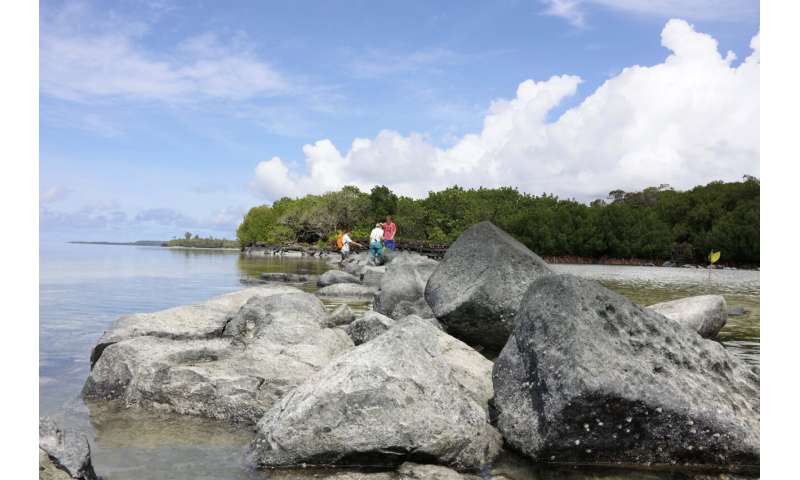
Seawall compound of Nan Madol. © Chuan-Chou Shen
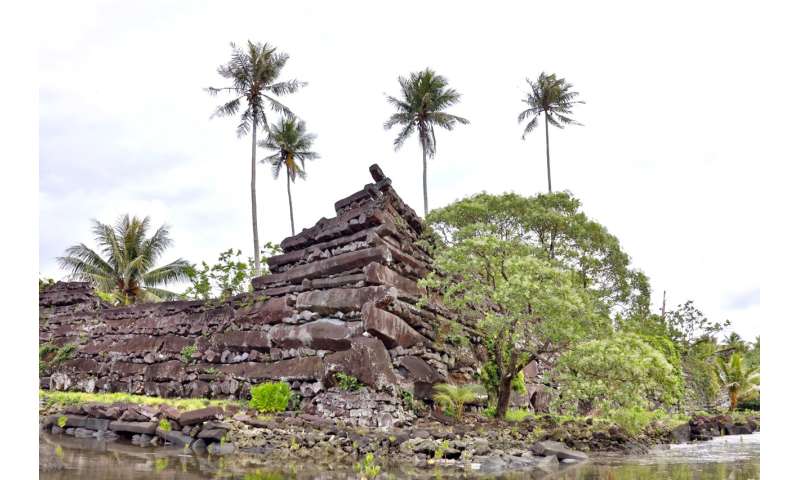
Northeastern corner of the outer wall of Royal Tomb Complex of Nan Madol. © Chuan-Chou Shen
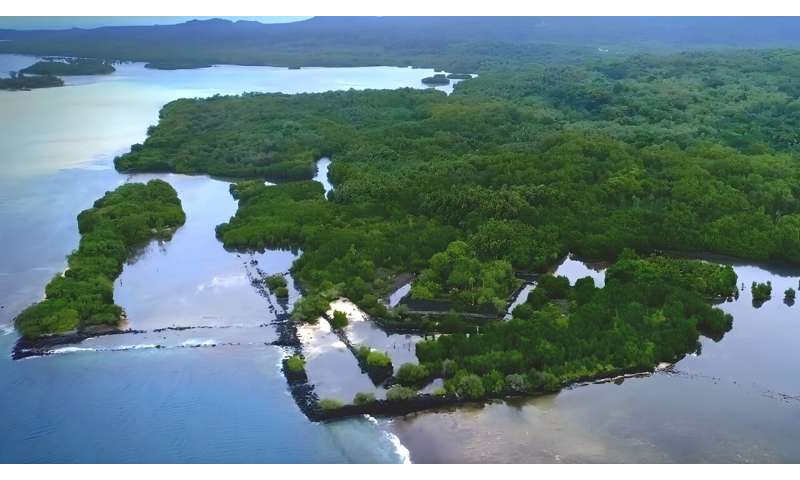
Aerial view of Nan Madol. © Albert Yu-Min Lin
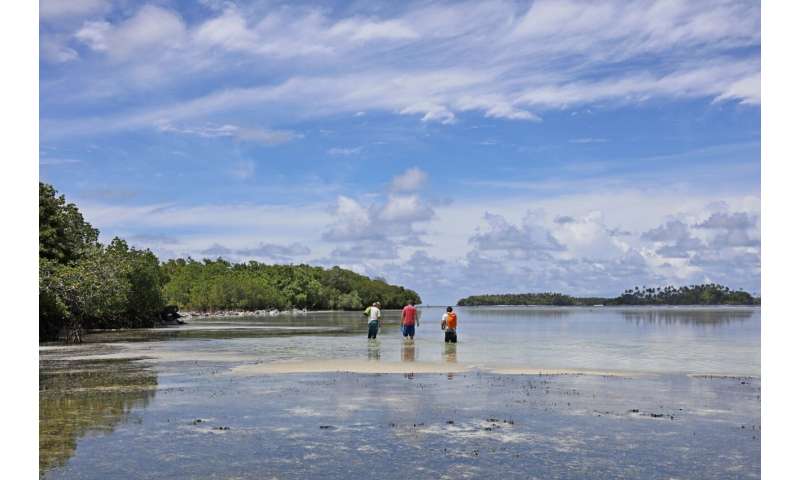
Researchers conducting surveys and sampling at Nan Madol. © Chuan-Chou Shen
The authors link the history of the site to variations in the ENSO that can elevate regional sea level by up to 30 cm during La Niña events, as well as subsidence-related sea level rise.
The authors estimate that the sea rose from -126 cm at CE 800 to -90 cm at CE 1180 and -70 cm by 1380. Taking into account silt deposits, some channels were submerged under seawater up to 70 cm at middle tide and water likely breached the site’s seawall—prompting major repairs and new construction.
The end of the second period of work presaged the fall of the dynasty that ruled Pohnpei, the Saudeleurs. The authors draw lessons from the history of Nan Madol, noting that the inhabitants of Pohnpei found themselves in a cycle of repair and increasing investment in coastal protection—a trend that may have contributed to the overthrow of the Saudeleurs.
According to the authors, the story of Nan Madol is a warning for today’s Pacific Ocean communities.
More information:
Chuan-Chou Shen et al, Links between climatic histories and the rise and fall of a Pacific chiefdom, PNAS Nexus (2024). DOI: 10.1093/pnasnexus/pgae399
Citation:
Climate lessons from the fall of a Pacific chiefdom (2024, October 4)
